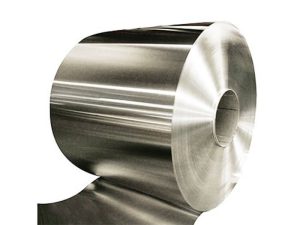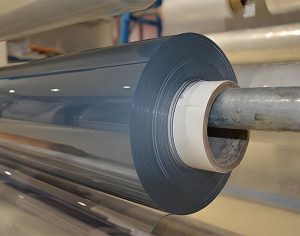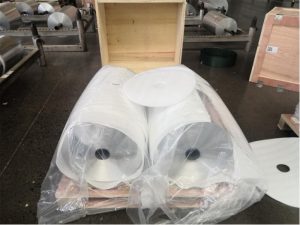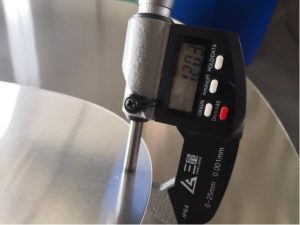Aluminium foil, known for its versatility and wide range of applications, is a staple in industries from food packaging to electrical engineering. The 1070 Aluminium Foil, in particular, stands out due to its high purity and unique properties that make it an ideal choice for various applications. Our factory and wholesaler, HuaSheng Alumnium, specializes in providing high-quality 1070 Aluminium Foil to meet the demands of our customers across different sectors.
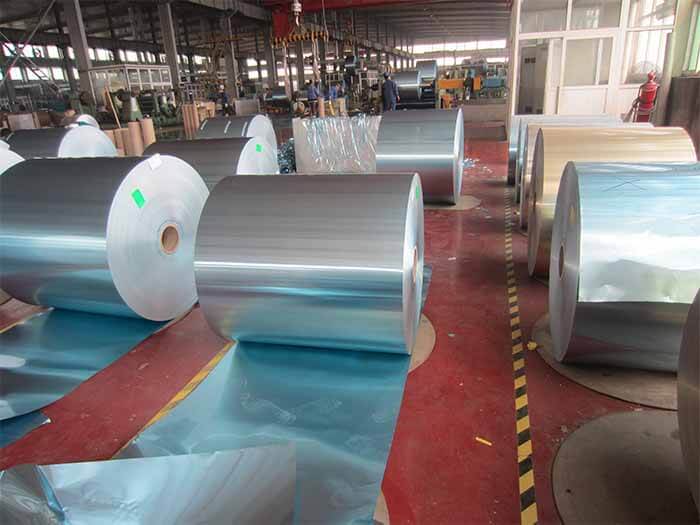
1070 Aluminium Foil Composition and Properties
Chemical Composition
The 1070 Aluminium Foil is composed primarily of Aluminium with a minimum purity of 99.70%. This high level of purity ensures the foil’s excellent electrical conductivity and corrosion resistance.
| Element |
Percentage |
| Aluminum (Al) |
>=99.7% |
| Iron (Fe) |
<= 0.25% |
| Silicon (Si) |
<= 0.20% |
| Copper (Cu) |
<= 0.04% |
| Zinc (Zn) |
<= 0.04% |
| Magnesium (Mg) |
<= 0.03% |
| Manganese (Mn) |
<= 0.03% |
| Titanium (Ti) |
<= 0.03% |
| Chromium (Cr) |
<= 0.03% |
| Vanadium (V) |
<= 0.05% |
| Other Elements |
<= 0.03% |
Physical Properties
The 1070 Aluminium Foil is characterized by its lightweight, ductility, and reflectivity, making it a preferred choice for a variety of uses.
| Property |
Description |
| Lightweight |
Known for its low density, making it easy to handle and transport. |
| Ductility |
Highly ductile, allowing for easy shaping and molding. |
| Reflectivity |
High reflectivity, excellent for applications requiring reflective surfaces. |
Specification of 1070 Aluminium Foil
General Specifications
Our 1070 Aluminium Foil is available in various specifications to cater to different needs.
| Specification |
Description |
| Temper |
O (Annealed) |
| Thickness |
Typically ranging from 0.01mm to 0.2mm, customizable based on specific requirements. |
| Width |
Customizable based on application needs, commonly available from 100mm to 1650mm. |
| Surface Finish |
Both sides are generally free from oil, stains, and contaminants, smooth and reflective. |
| Tolerance |
Thickness and width tolerances as per international standards or customer requirements. |
| Inner Diameter of Core |
Commonly 76mm or 152mm (3 inches or 6 inches), customizable. |
| Packing |
Typically packed in wooden cases or as per customer requirements for safe transportation. |
1070 Aluminium Foil Advantages
- High Purity: The 99.70% minimum Aluminium purity ensures superior performance in electrical conductivity and corrosion resistance.
- Lightweight: The lightweight nature of 1070 Aluminium foil contributes to its ease of handling and transport.
- Versatility: Its versatility allows for a wide range of applications, from industrial uses to everyday packaging.
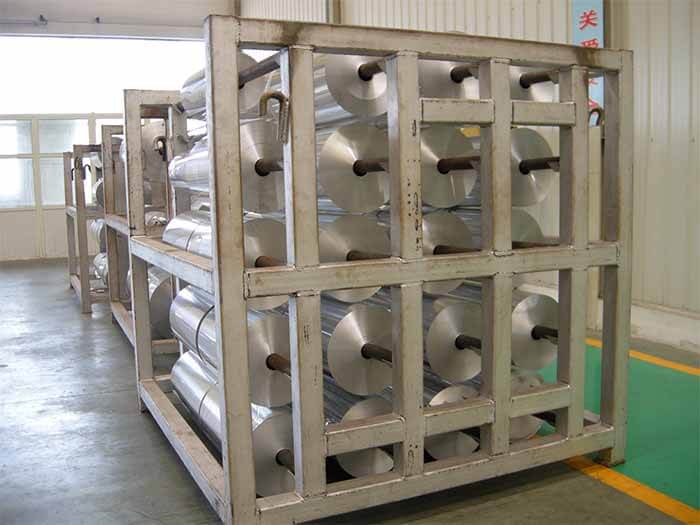
1070 Aluminium Foil Technical Parameters
| Property |
Value |
| Density |
2.70 g/cm³ |
| Melting Point |
640°C |
| Thermal Conductivity |
230 W/m·K |
| Electrical Conductivity |
61% IACS |
| Coefficient of Thermal Expansion |
23 μm/m-K (20-100°C) |
| Young’s Modulus |
68 GPa |
| Poisson’s Ratio |
0.33 |
1070 Aluminium Foil Applications
Electrical Industry
1070 Aluminium Foil is extensively used in the electrical industry for its high electrical conductivity, in the production of capacitors, transformers, and other electrical components.
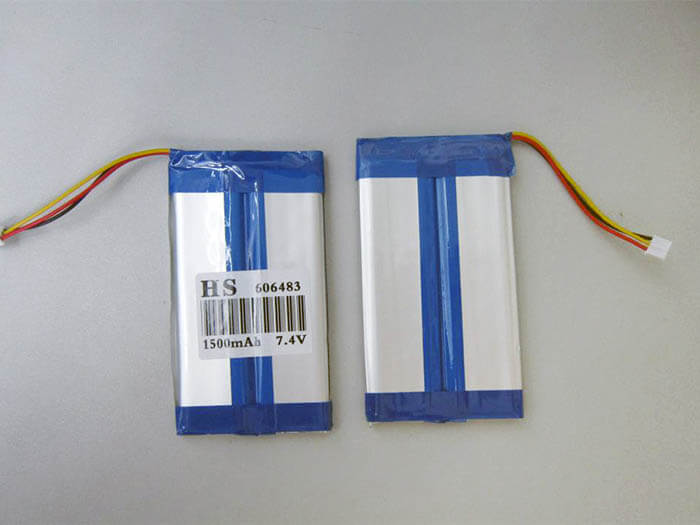
Packaging
The lightweight and malleable nature of the foil makes it ideal for packaging, including food packaging, pharmaceuticals, and consumer goods.
Reflective Insulation
The high reflectivity of 1070 Aluminium Foil is utilized in reflective insulation systems, aiding in temperature regulation and energy savings in buildings.
Decorative Use
The foil is also used for decorative purposes, such as in crafts, artwork, and architectural elements, where its reflective surface adds aesthetic value.
1070 Aluminium Foil Manufacturing Process
- Casting: The process begins with the casting of Aluminium ingots, which are heated and shaped into rolling slabs.
- Hot Rolling: The rolling slabs are hot-rolled into thin sheets, creating the initial form of the Aluminium foil.
- Cold Rolling: The hot-rolled sheets undergo cold rolling, further reducing their thickness to achieve the desired foil thickness.
- Annealing: The foil is annealed, a heat treatment process that enhances its flexibility and softness.
1070 Aluminium Foil FAQs
Q: What is the primary application of 1070 Aluminium foil? A: 1070 Aluminium foil is commonly used in the electrical industry for capacitors, transformers, and other electronic components. It is also utilized in packaging, reflective insulation, and decorative applications.
Q: How is 1070 Aluminium foil produced? A: The foil is produced through a process involving casting, hot rolling, cold rolling, and annealing, which helps achieve the desired thickness, mechanical properties, and surface finish.
Q: What makes 1070 Aluminium foil suitable for electrical applications? A: The high purity of 1070 Aluminium foil, with a minimum Aluminium content of 99.70%, contributes to its excellent electrical conductivity, making it ideal for electrical components.
Q: Can the thickness and width of 1070 Aluminium foil be customized? A: Yes, manufacturers often offer customization options for thickness and width based on the specific requirements of customers and applications.
Q: How is 1070 Aluminium foil packed for transportation? A: The foil is typically packed in wooden cases or as per customer requirements to ensure safe transportation and prevent damage during handling.
Q: What is the significance of the annealing process in 1070 Aluminium foil production? A: The annealing process enhances the foil’s flexibility and softness, making it easier to handle and shape for various applications. It also helps relieve internal stresses introduced during the rolling processes.
Aluminium foil is a thin, flexible sheet of metal that has many uses in various industries and homes. Some of the most common applications of aluminium foil are:
Food packaging:
aluminium foil protects food from moisture, light and oxygen, maintaining its freshness and flavor. It can also be used for baking, toasting, grilling and reheating food.
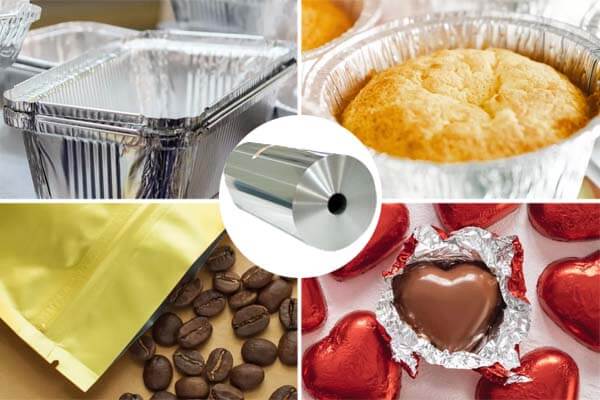
Application of aluminium foil in food packaging
Household:
aluminium foil can be used for a variety of household tasks such as cleaning, polishing and storage. It can also be used for crafts, art, and science projects.
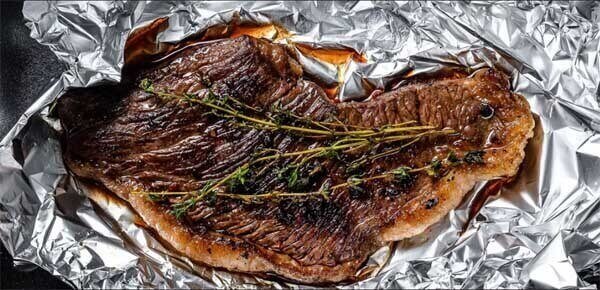
Household Foil and Domestic Uses
Pharmaceuticals:
aluminium foil can provide a barrier to bacteria, moisture and oxygen, ensuring the safety and effectiveness of medicines and pharmaceuticals. It is also available in blister packs, bags and tubes.
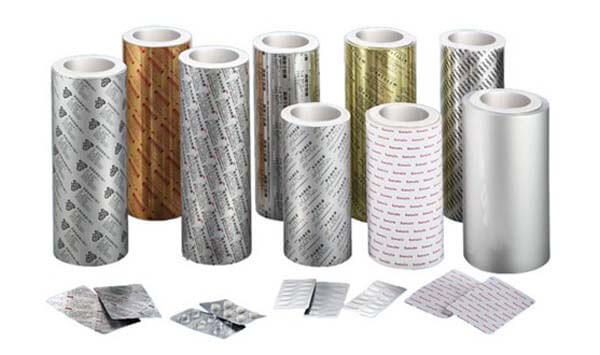
Pharmaceutical aluminum foil
Electronics:
aluminium foil is used for insulation, cables and circuit boards. It also acts as a shield against electromagnetic interference and radio frequency interference.
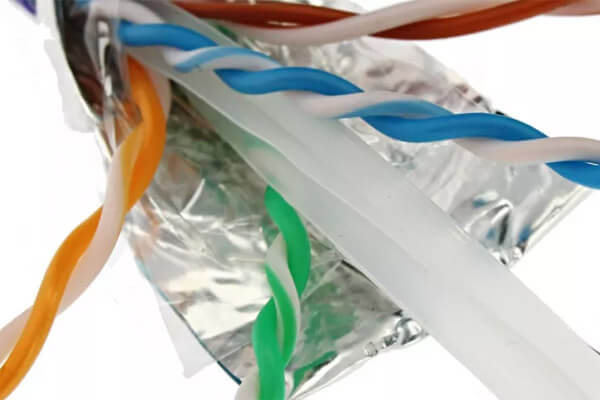
Aluminum foil used in insulation and cable wrapping
Insulation:
aluminium foil is an excellent insulator and is often used to insulate buildings, pipes and wires. It reflects heat and light, helping to regulate temperature and save energy.
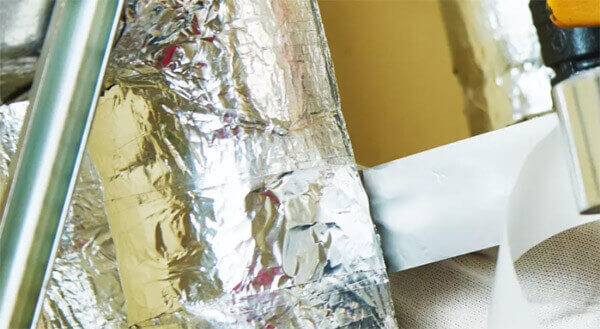
Alufoil for Heat Exchangers
Cosmetics:
aluminium foil can be used for packaging creams, lotions and perfumes, as well as for decorative purposes such as manicures and hair coloring.
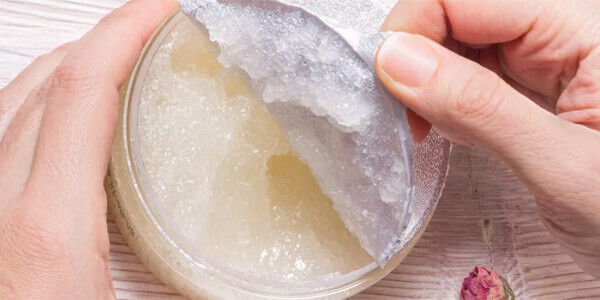
Alufoil for Cosmetics and Personal Care
Crafts and DIY Projects:
aluminium foil can be used in a variety of crafts and DIY projects, such as making ornaments, sculptures, and decorative ornaments. It is easy to shape and shape, making it a versatile material suitable for creative activities.
Artificial Intelligence (AI) Training:
In more high-tech applications, aluminium foil has been used as a tool to create adversarial examples to fool image recognition systems. By strategically placing foil on objects, researchers have been able to manipulate how artificial intelligence systems perceive them, highlighting potential vulnerabilities in these systems.
These are just a few examples of the many applications of aluminium foil in various industries and in daily life. Its versatility, low cost and effectiveness make it a widely used material around the world. In addition, aluminium foil is a recyclable and environmentally friendly material that reduces waste and saves energy.
Customization service for width, thickness and length
Huasheng aluminum can produce aluminium foil jumbo rolls with standardized outer diameters and widths. However, these rolls can be customized to a certain extent according to the customer’s requirements, especially in terms of thickness, length and sometimes even width.
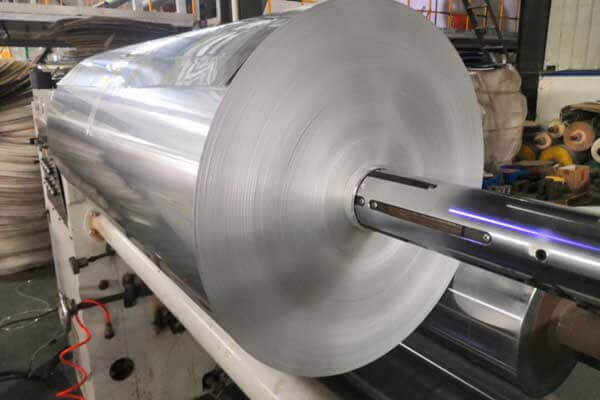
Quality Assurance:
As a professional aluminum foil manufacturer, Huasheng Aluminum will frequently conduct quality inspections in all production links to ensure that the original aluminum foil rolls meet the prescribed standards and customer requirements. This may involve inspection of defects, thickness consistency and overall product quality.
Wrapping:
The jumbo rolls are often wrapped tightly with protective materials such as plastic film or paper to shield them from dust, dirt, and moisture.
Then,it is placed on a wooden pallet and secured with metal straps and corner protectors.
Afterwards, the aluminium foil jumbo roll is covered with a plastic cover or a wooden case to prevent damage during transportation.
Labeling and Documentation:
Each package of aluminium foil jumbo rolls typically includes labeling and documentation for identification and tracking purposes. This may include:
Product Information: Labels indicating the type of aluminum foil, thickness, dimensions, and other relevant specifications.
Batch or Lot Numbers: Identification numbers or codes that allow for traceability and quality control.
Safety Data Sheets (SDS): Documentation detailing safety information, handling instructions, and potential hazards associated with the product.
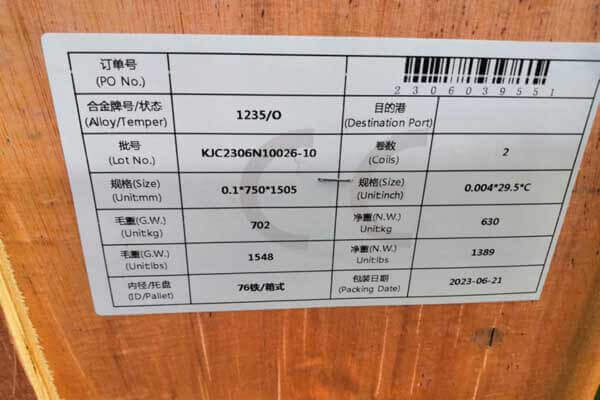
Shipping:
Aluminum foil jumbo rolls are typically transported via various modes of transportation, including trucks, railroads, or ocean freight containers, and the ocean freight containers are the most common mode of transportation in international trade.depending on the distance and destination. During shipping, factors such as temperature, humidity, and handling practices are monitored to prevent any damage to the product.
